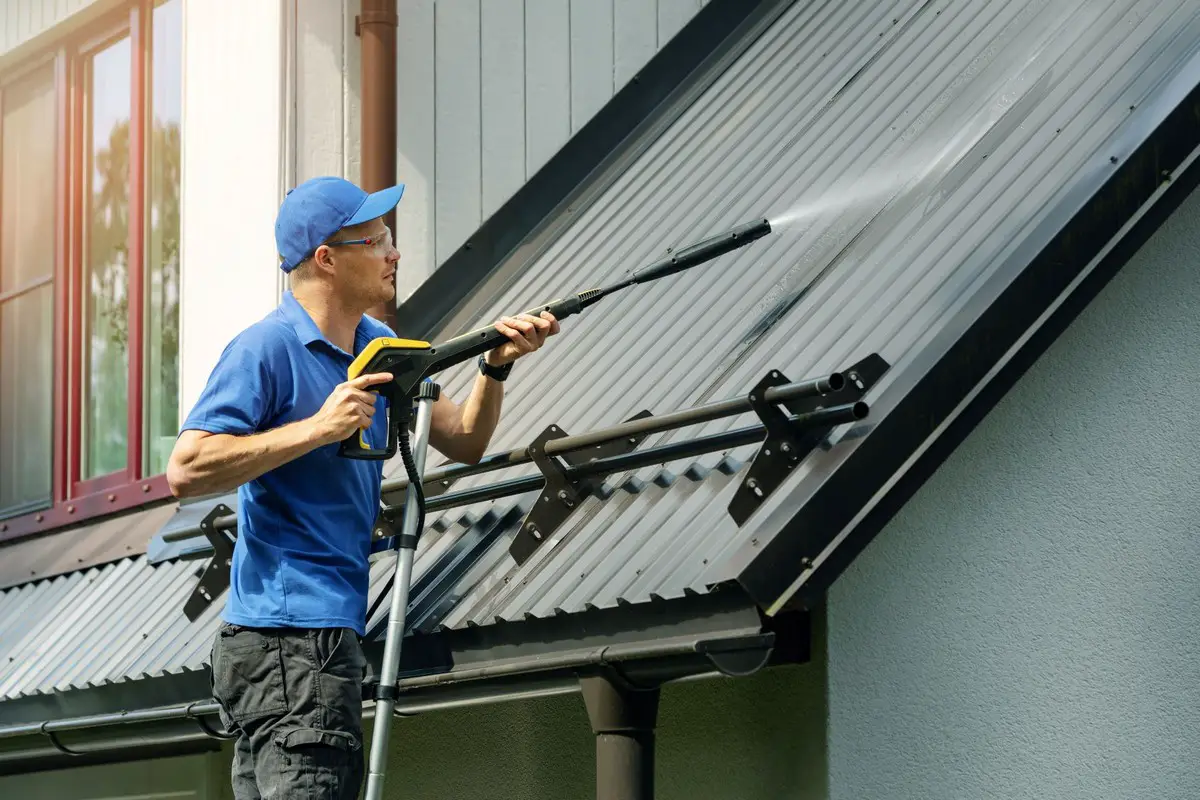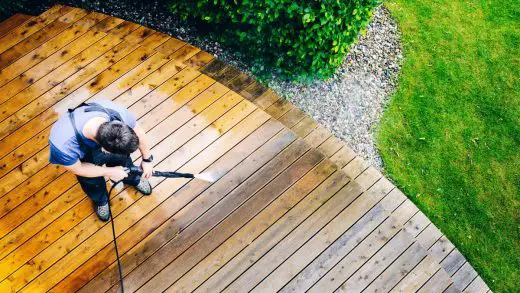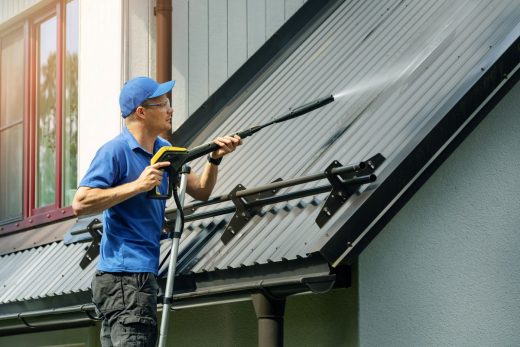Soft washing or pressure washing advice, Austin home maintenance tips, Texas property cleaning guide
Soft Washing Or Pressure Washing: Which Is Better For Home Exterior?
20 Sep 2021
Cleaning the home’s exterior is an integral part of property maintenance. In most cases, it involves removing grime, mold, and mildew that may have accumulated on the roof, sidings, and exterior walls. In addition, regular cleaning removes stains and old paint that negatively affects the house’s curb appeal. It also extends the life span of exterior components since rust and dirt buildup that may damage the roof and walls are targeted.
To accomplish the task efficiently, many homeowners look into various cleaning methods. Two of the most preferred options are soft washing and pressure washing. If you’re unsure about which one’s right for your property, keep reading to find out the pros and cons of and the ideal situations for each method.
Soft Washing Versus Pressure Washing
Both soft washing and pressure washing need a pressurized water spray. The main difference between them is the force used in each process. Soft washing requires less than 500 psi of force to clean. To better understand that, psi or pounds per square inch is a unit of pressure.
Meanwhile, the average amount of force for pressure washing is 1,000 psi—it would depend on the rust or dirt to be removed. If you live in Austin or any nearby cities, you may request power washing Austin TX companies offer. Of course, that kind of service is widely available no matter which state you live in.
The necessary force for each of the two methods isn’t the only thing that’s distinct about them. Read on to further grasp how different they are from one another.
Soft Washing 101
This uses a low-pressure nozzle to control water. Aside from that, it involves chemicals that can remove dirt and disinfect all the areas that have to be cleaned. If you’re still confused about when to use soft washing, just remember that this method is appropriate for delicate materials such as tiles, vinyl, glass, stucco, and wooden panel siding.
In addition, if there are plants being grown at the side of your house, it’s advisable that soft washing be used as pressure washing may damage them. Some homeowners also prefer the method when cleaning newly painted walls as excessive force could scrape the paint off. Furthermore, many individuals choose to soft wash the roof as pressure washing may chip or break the shingles.
If you’re thinking of disinfecting, sanitizing, and cleaning the windows and shingles, soft washing is an excellent option for you.
Pressure Washing 101
If soft washing is ideal for delicate surfaces, pressure washing is for hard surfaces. It’s used in many exterior cleanings as it can remove even the most stubborn dirt and grime. Typically, pressure washing ranges from 1,300 to 3,200 psi, depending on the water spray or machine. Electric or gas-fueled models exert stronger pressure compared to traditional sprays. In most cases, pressure washers have a set of nozzles ideal for increasing or decreasing the pressure.
Also, pressure washing doesn’t use chemicals and soaps as it totally relies on pressure and water. For best results, homeowners should use pressure washing for hard yet porous materials such as stone, concrete, metal, steel, and hardwood.
In concrete cleaning, the pressure should be at full swing–4,000 psi to remove mold, rust buildup, and other contaminants. Many find pressure washing effective for gutter cleaning and difficult-to-reach areas where mold and mildew may be found.
Combining The Two Methods
In a number of cases, cleaners use both soft washing and pressure washing to achieve maximum results. Some homeowners start with pressure washing for hardened dirt, smudge, and rust on hard surfaces like concrete walls, beams, and posts.
After pressure washing, the dirt and smudge should start to soften. If not, the surface will be pressure washed for a longer period. Then, the rigid portions of the roof, siding, and walls can be soft washed. The same can be done for the fragile portions of the home’s exterior, including the windows and shingles.
In A Nutshell
Cleaning its exterior on a regular basis is one simple way to keep a house in excellent condition. For that purpose, homeowners can hire professionals to either soft wash or pressure wash areas such as roofs, walls, beams, and posts.
If you’re still choosing between the two, take into account the information discussed in this article. Check what materials have been used for your property’s exterior spaces, and determine if you’re only dealing with dirt or other issues such as mold and rust. Knowing those details will allow you to decide which method you should go for. Then again, the current condition of your home may call for both options, so assess the circumstances as carefully as you can.
Comments on this guide to soft washing or pressure washing: which is better for home exterior? article are welcome.
Cleaners and Cleaning
Power and Pressure Washing Posts
What you need to know about power washing
Things to remember before pressure washing your house
7 essential tips when using a washing machine
Building Articles
Residential Architecture
Comments / photos for the Soft washing or pressure washing advice page welcome







